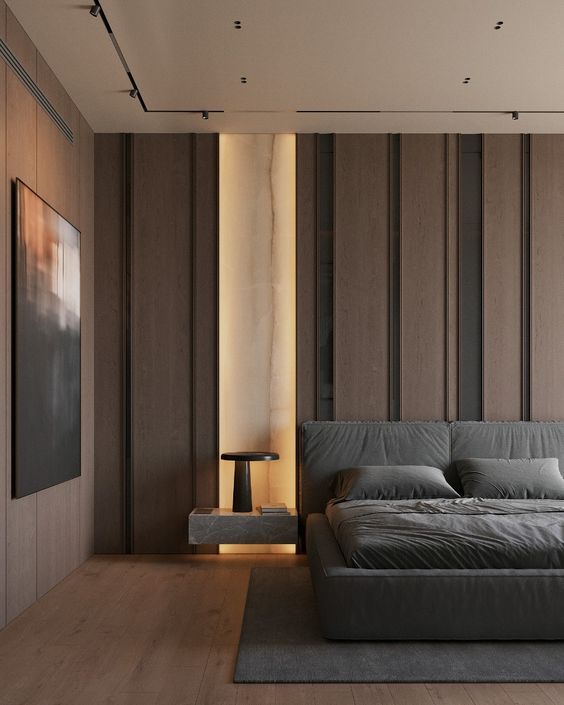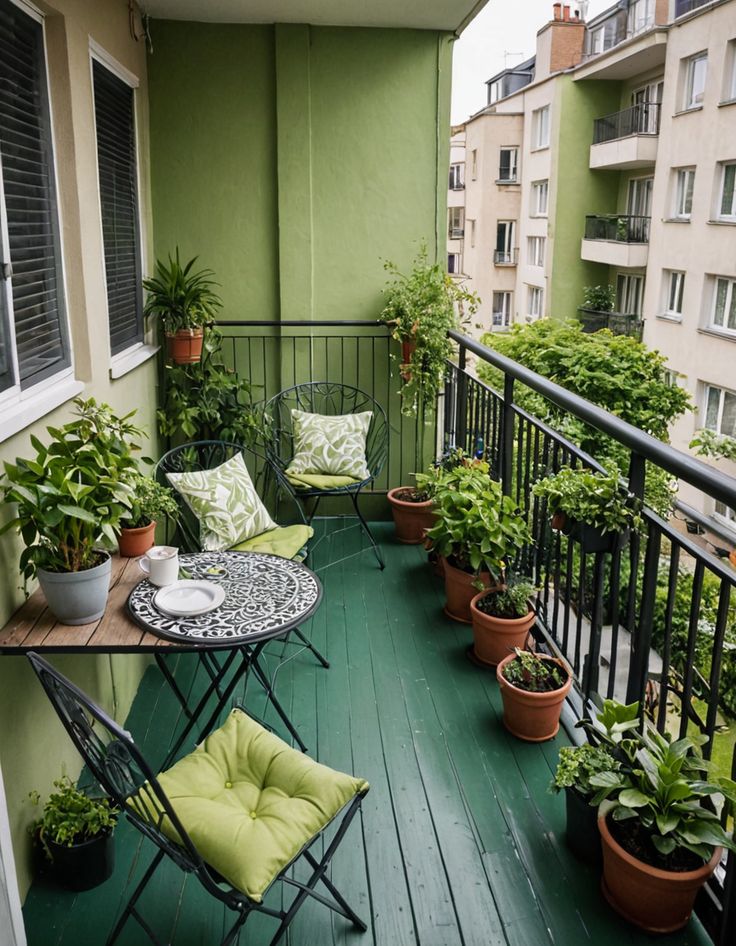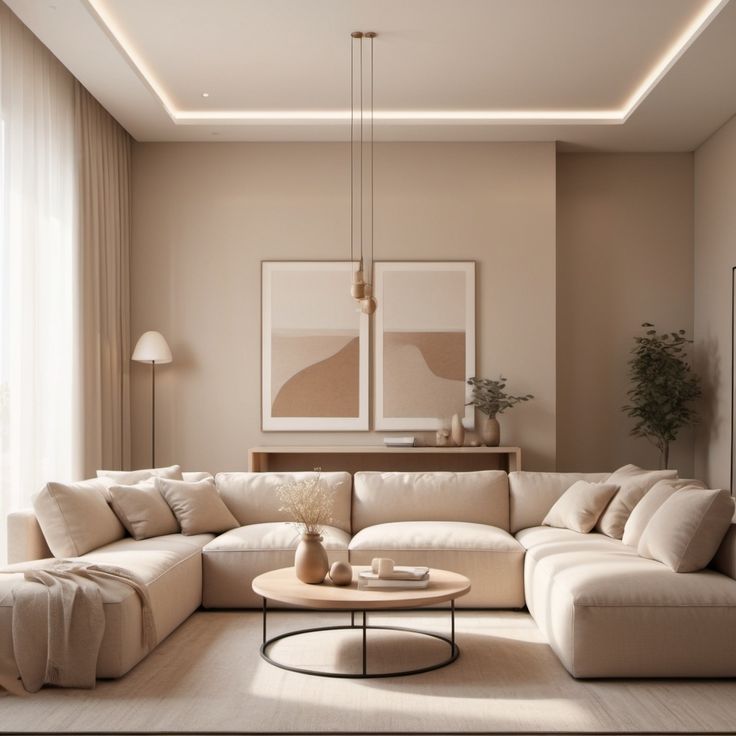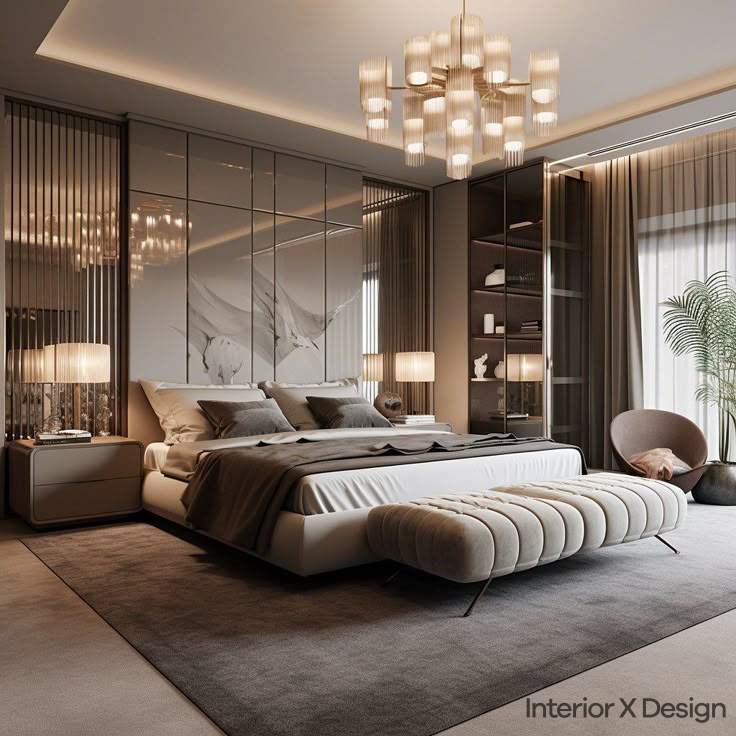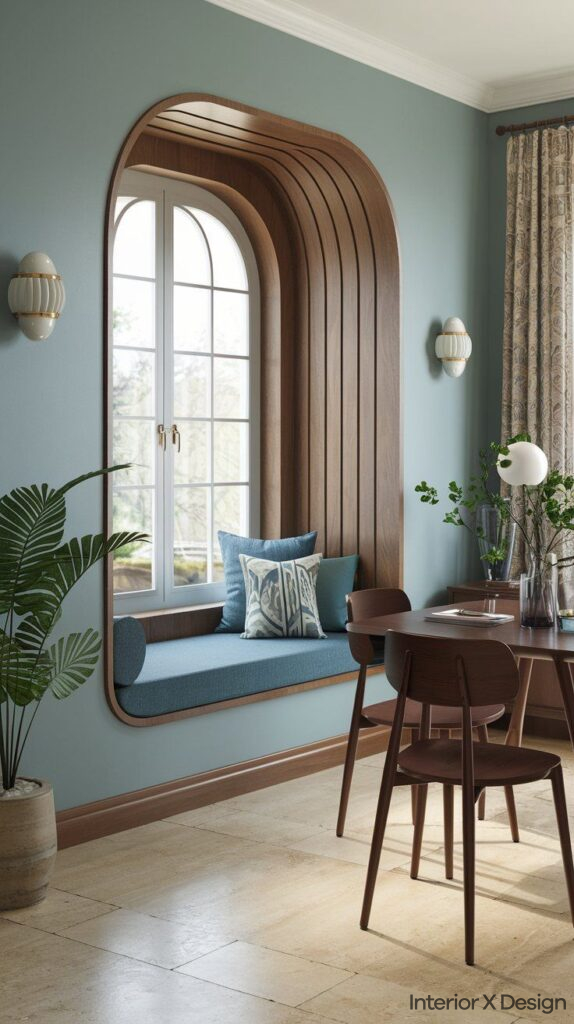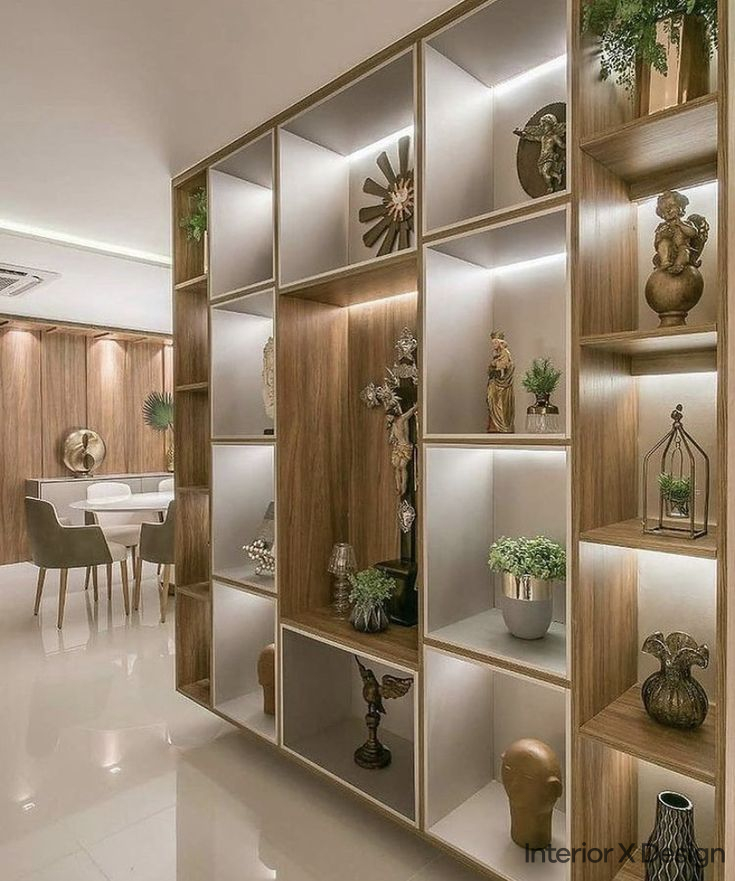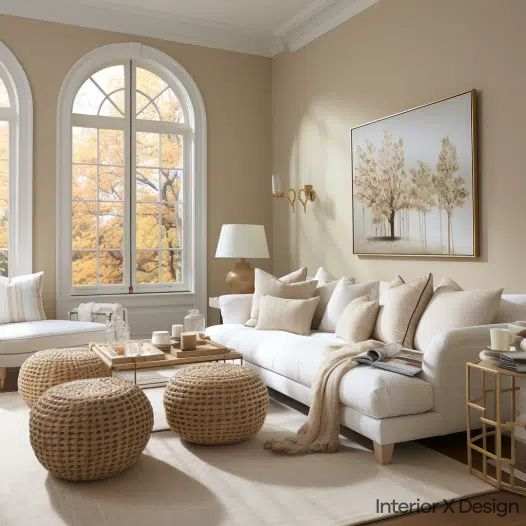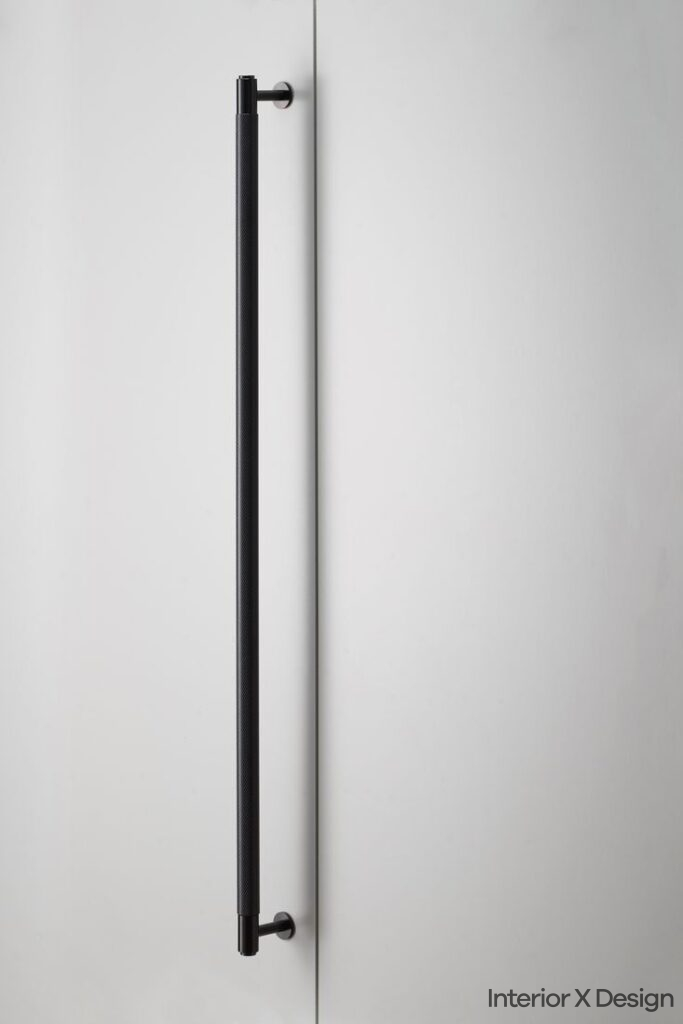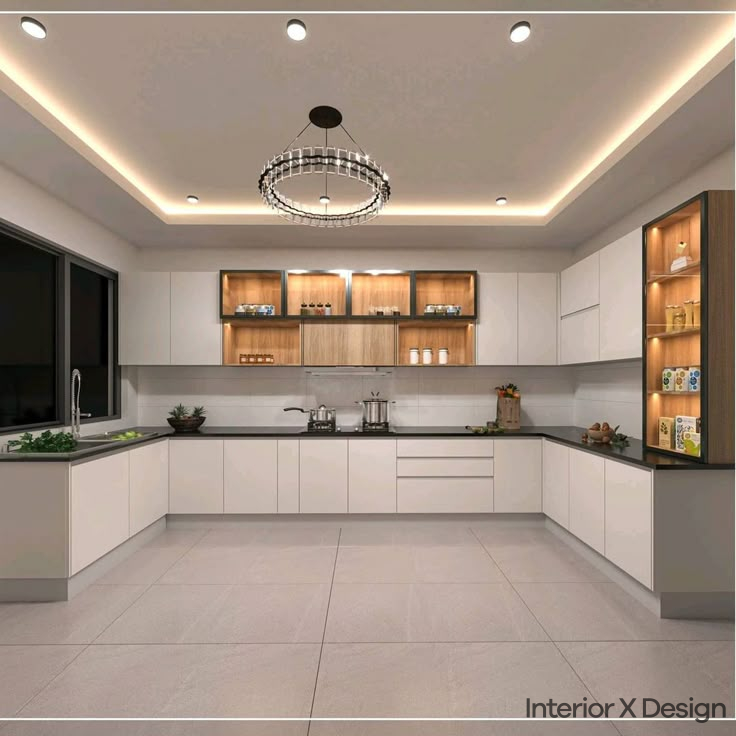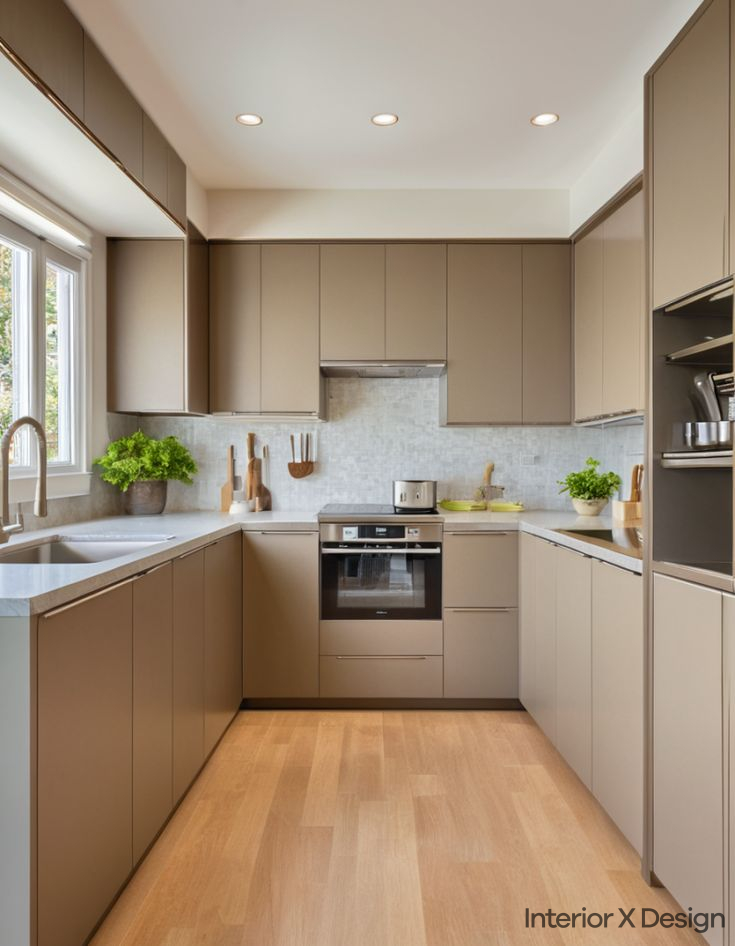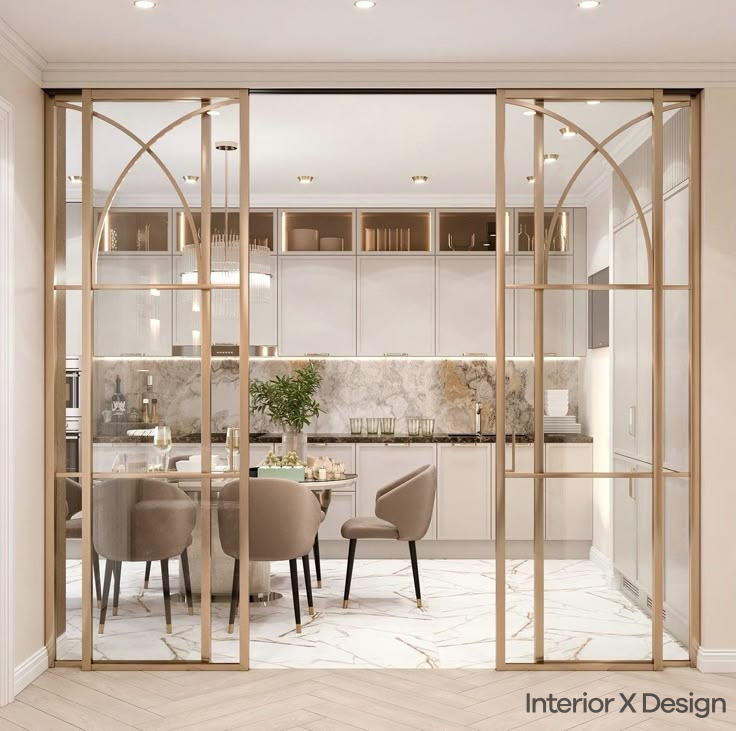What is a Compound Wall?
A compound wall, also referred to as a boundary wall, is a structure built around a property to demarcate boundaries, provide security, and offer privacy. These walls come in various types, depending on materials, designs, and purposes.
Key purposes of a compound wall:
- Protecting the property from unauthorized access
- Enhancing privacy
- Adding aesthetic value to the premises
- Acting as a sound barrier in urban areas
The dimensions, particularly the thickness of the compound wall, play a crucial role in ensuring its durability and functionality.
Types of Compound Walls
1. Brick Masonry Compound Wall
Brick masonry walls are among the most common choices due to their affordability and durability.
- Material: Burnt clay bricks
- Construction Process: Bricks are laid in cement mortar to form a robust structure.
- Thickness: Generally ranges between 150 mm (6 inches) to 300 mm (12 inches).
- Applications: Residential properties, small commercial establishments
- Advantages:
- Cost-effective
- Easy to construct
- Good durability
- Disadvantages:
- Susceptible to water damage if not treated
- Limited aesthetic appeal
2. Stone Masonry Compound Wall
Stone walls are ideal for properties located in regions with abundant natural stone availability.
- Material: Granite, sandstone, or local stones
- Construction Process: Stones are stacked and bound with cement mortar.
- Thickness: Usually between 300 mm (12 inches) and 450 mm (18 inches).
- Applications: Farmhouses, traditional homes, rural properties
- Advantages:
- Extremely durable
- Low maintenance
- Disadvantages:
- High construction cost
- Time-consuming
3. RCC Compound Wall
Reinforced Cement Concrete (RCC) walls are highly durable and versatile.
- Material: Concrete reinforced with steel rods
- Construction Process: Concrete is poured into molds with steel reinforcements.
- Thickness: Typically ranges from 150 mm (6 inches) to 200 mm (8 inches).
- Applications: High-security areas, commercial complexes
- Advantages:
- High strength and durability
- Minimal maintenance
- Can support additional features like lighting
- Disadvantages:
- Expensive
- Requires skilled labor
4. Precast Concrete Compound Wall
Precast walls are factory-made and assembled on-site, offering a quick and efficient solution.
- Material: Precast concrete slabs
- Construction Process: Precast slabs are fixed onto vertical posts.
- Thickness: Typically ranges from 100 mm (4 inches) to 150 mm (6 inches).
- Applications: Industrial areas, temporary boundaries
- Advantages:
- Quick installation
- Uniform quality
- Cost-effective for large projects
- Disadvantages:
- Limited customization options
- Transportation costs
5. Wooden Compound Wall
Wooden walls are chosen for their aesthetic appeal and eco-friendly nature.
- Material: Timber or engineered wood
- Construction Process: Wooden planks are fixed onto a frame.
- Thickness: Generally between 50 mm (2 inches) and 100 mm (4 inches).
- Applications: Gardens, resorts, premium residences
- Advantages:
- Elegant and natural appearance
- Environmentally friendly
- Disadvantages:
- High maintenance
- Susceptible to termites and weather damage
6. Metal Compound Wall
Metal walls are known for their sleek appearance and strength.
- Material: Steel, aluminum, or wrought iron
- Construction Process: Metal panels or grills are installed onto posts.
- Thickness: Varies based on material; metal sheets are often 3-5 mm thick.
- Applications: Modern homes, commercial properties
- Advantages:
- Strong and durable
- Low maintenance
- Disadvantages:
- Can be expensive
- Prone to rusting if not treated
Compound Wall Thickness
The thickness of a compound wall directly impacts its strength, durability, and cost. Various factors influence the appropriate thickness for a compound wall:
Standard Thickness Options
- Residential Properties:
- 150 mm (6 inches) to 200 mm (8 inches)
- Suitable for moderate security and privacy
- Commercial Properties:
- 200 mm (8 inches) to 300 mm (12 inches)
- Designed to withstand higher loads and stress
- Industrial Properties:
- 300 mm (12 inches) or more
- Built for high durability and security
Factors Affecting Thickness
- Material:
- Stone walls require greater thickness than brick or RCC walls.
- Wooden or metal walls are thinner but may need additional reinforcement.
- Purpose:
- Security walls require thicker construction compared to decorative walls.
- Height:
- Taller walls demand increased thickness for stability.
- Load Bearing Requirements:
- Walls supporting gates or fences need extra reinforcement.
Why Proper Thickness Matters
- Prevents structural failures
- Enhances longevity
- Provides better resistance against environmental factors
Compound Wall Construction
Building a compound wall involves careful planning and execution to ensure durability and aesthetic appeal. Below are the steps and considerations involved:
Steps in Construction
- Site Survey:
- Mark the property boundaries.
- Assess the soil condition for foundation requirements.
- Design Planning:
- Choose the type and material of the wall.
- Determine the required thickness and height.
- Foundation Work:
- Excavate the foundation trench.
- Lay a base of concrete or stones.
- Wall Construction:
- Build the wall layer by layer using the chosen material.
- Ensure proper alignment and leveling.
- Finishing Touches:
- Apply plaster or paint for durability and aesthetics.
- Install gates, grills, or lighting fixtures if required.
Common Challenges in Construction
- Poor soil quality leading to foundation issues
- Inadequate curing causing cracks
- Weather delays affecting timelines
Tips for a Successful Construction
- Hire experienced professionals for the job.
- Use quality materials to ensure longevity.
- Follow local building regulations.
- Regularly inspect the construction process.
FAQs About Compound Walls
Q: What is the standard height of a compound wall?
A: The height of a compound wall typically ranges from 1.5 meters (5 feet) to 2.4 meters (8 feet), depending on the purpose and local regulations.
Q: How much does it cost to construct a compound wall?
A: Costs of construction of a compound wall vary based on material and design. For example:
- Brick walls: INR 700-1,000 per square meter
- RCC walls: INR 1,200-1,800 per square meter
Q: Can a compound wall be used for decorative purposes?
A: Yes compound wall can be used for decorative purposes, many homeowners incorporate decorative elements like murals, planters, and lighting to enhance aesthetics.
Q: How often should a compound wall be maintained?
A: Regular maintenance includes inspecting for cracks, repainting every 5-7 years, and treating for water or pest damage when needed.
Related Reading
- Benefits of Turnkey Interior Design Services
- Modern Luxury House Designs: Top Ideas for Elegant Interiors
- Top Modern Style Glass Railing Designs for Your Balcony
By understanding the different types and thickness of compound walls, property owners can make informed decisions that balance functionality, durability, and aesthetics. Whether you’re building a new property or upgrading an existing one, investing in the right compound wall is essential for long-term benefits.

